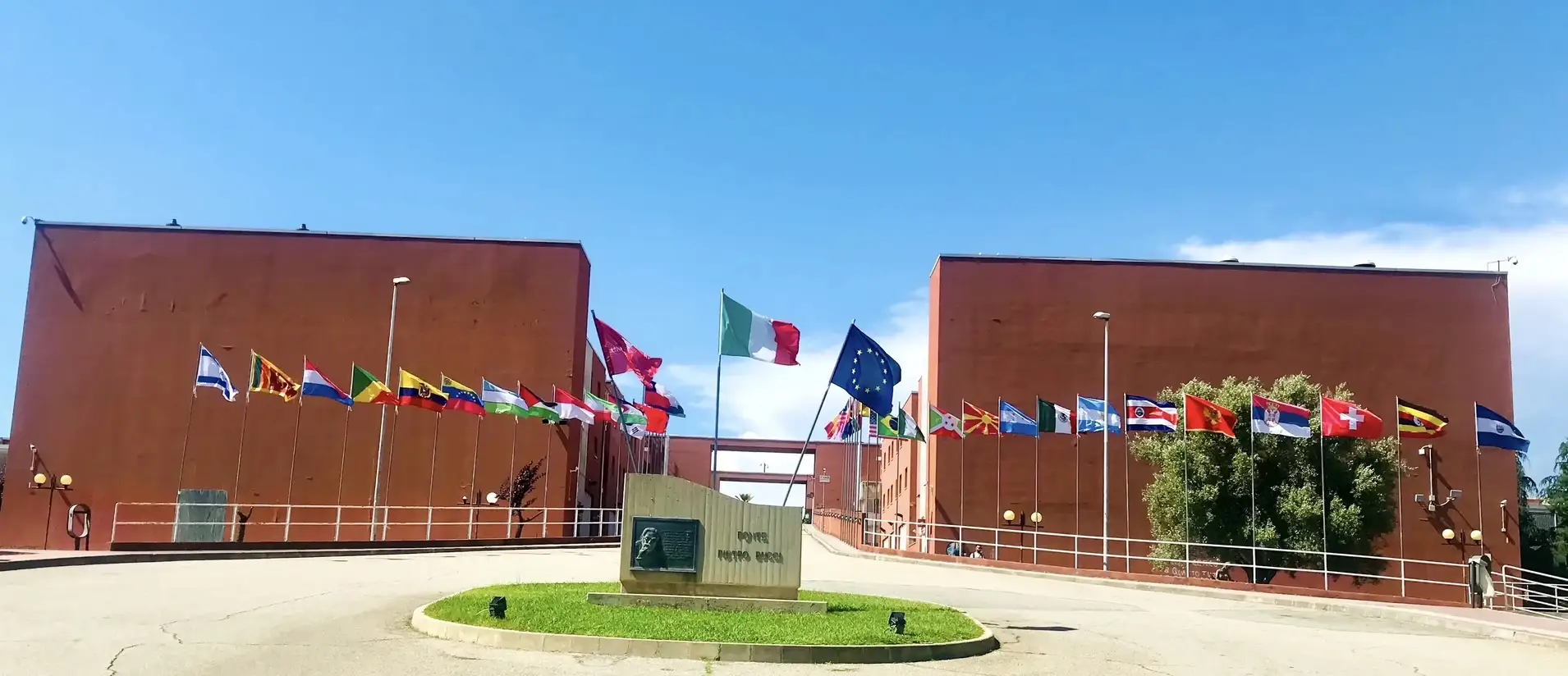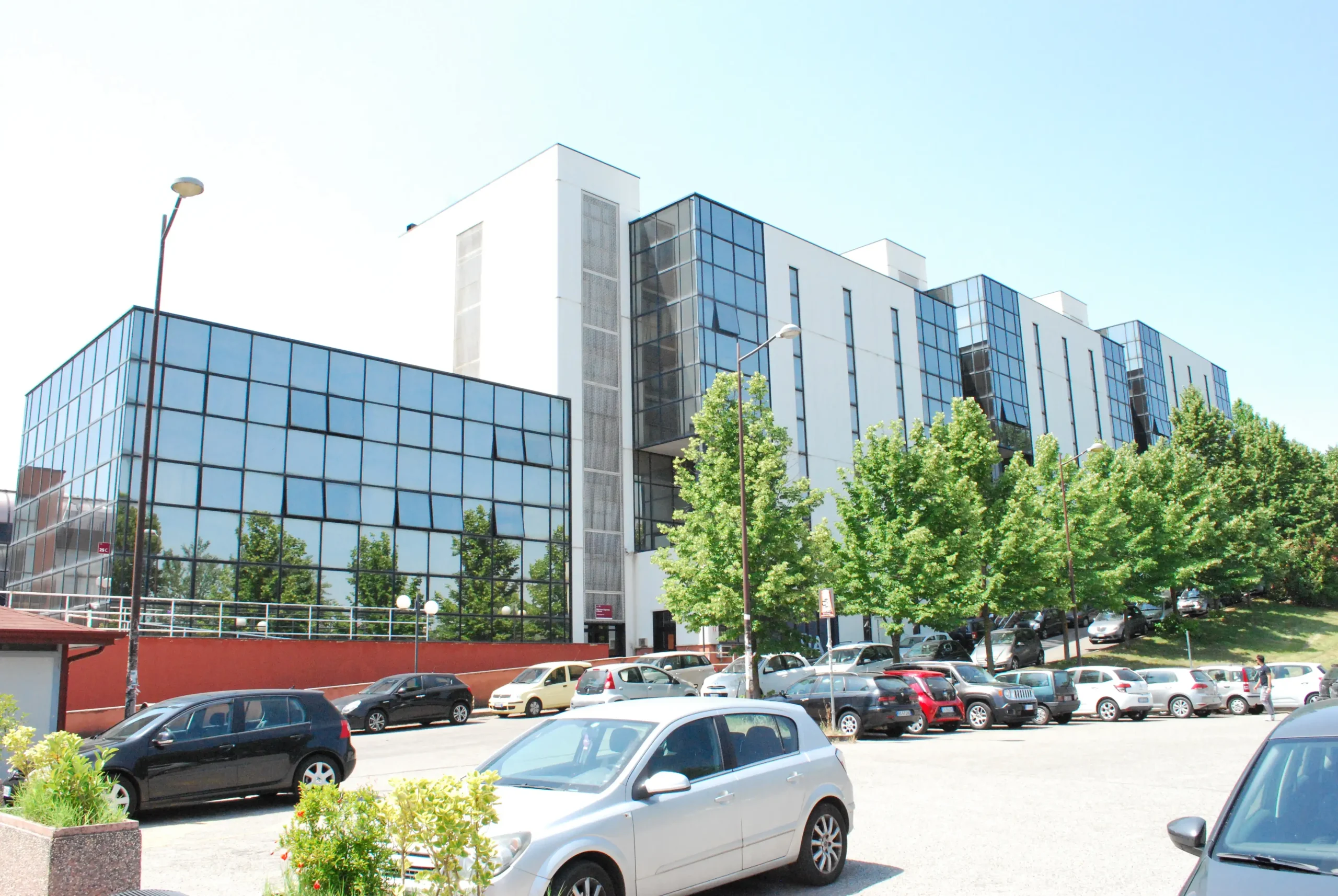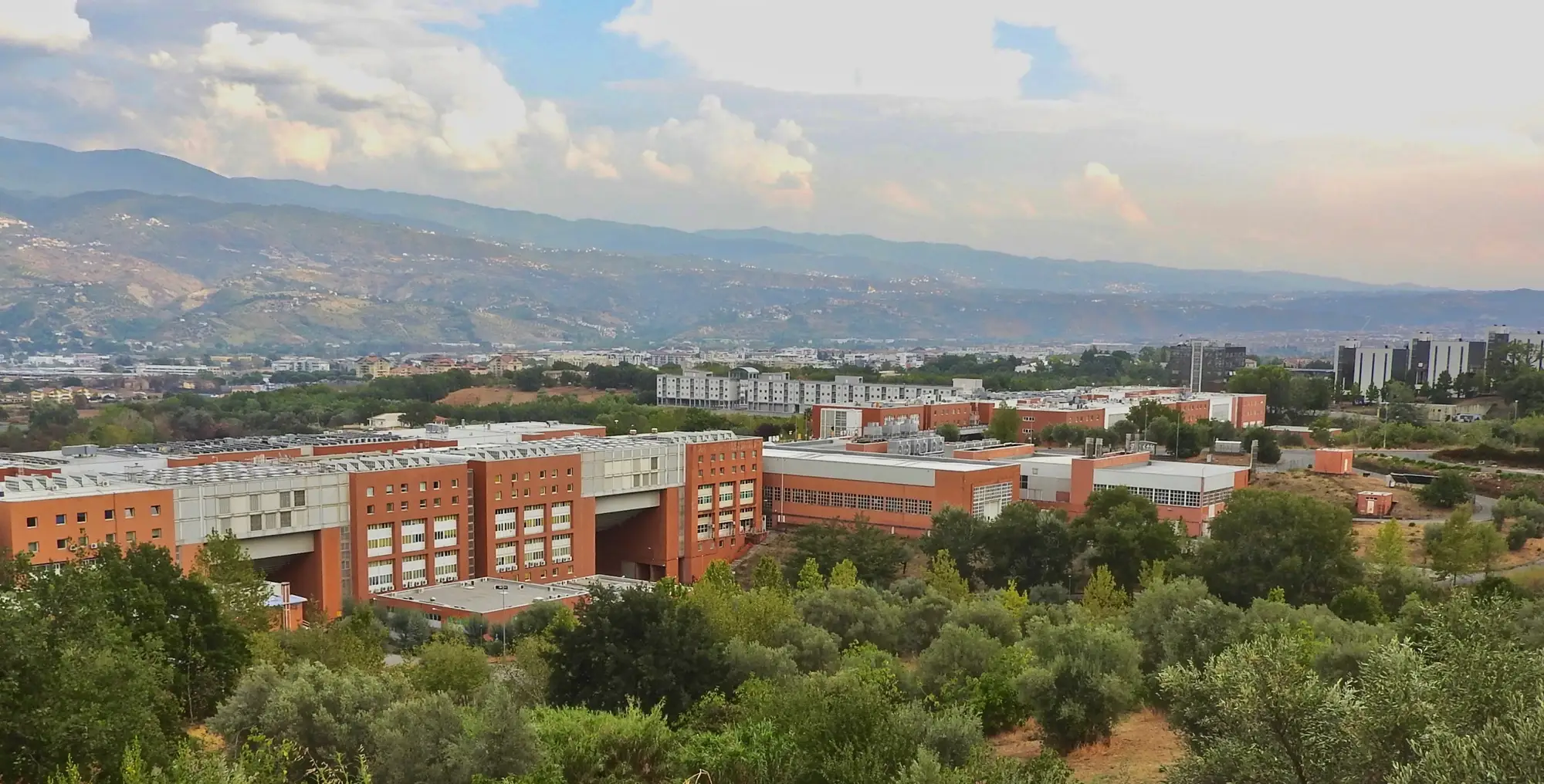






The University of Calabria is Italy's largest and most well-equipped university campus, covering over two-hundred hectares of greenery in the Crati Valley, within the urban area of Cosenza and Rende. As a major cultural and infrastructural hub, the university plays a crucial role, especially in southern Italy and Calabria, by promoting collaboration between institutions, businesses, governments, and local communities.
At the heart of the campus stands an iconic bridge designed by Vittorio Gregotti, a modern architectural landmark that serves as the main axis of the campus. Along this bridge, cubic structures house departments, classrooms, and laboratories, all connected to the rest of the campus. The residential areas, surrounded by green spaces, feature contemporary architecture with spacious terraces overlooking gardens, walking paths, and fitness areas—creating an ideal environment for both study and relaxation.
The campus is easy to navigate thanks to an electric shuttle that crosses the bridge, providing convenient transportation for students, faculty, and visitors.
Known for its residential setup, the University of Calabria attracts international students from 108 countries. Reflecting its global spirit, flags from all represented nations fly proudly at the entrance to the campus.The University of Calabria, established in 1968, began its academic activities in the 1972/1973 academic year. The inaugural Rector, Beniamino Andreatta, who served from 1971 to 1975, profoundly influenced the university's development with his visionary "campus model." Andreatta's vision was to transform the University of Calabria into a "city of youth," complete with all essential services and infrastructure. He advocated for an innovative approach to student life, akin to the environments at Oxford or Cambridge, incorporating sports facilities, communal spaces, recreational areas, and study environments. His ambition was to create a new societal model in Cosenza, characterized by unparalleled freedom—an unprecedented concept in Italy at the time.
UniCal was thus conceived as an original campus, featuring a structure of Faculties and Departments that anticipated organizational trends in the Italian university system that would only be adopted much later. The university community, comprising faculty and students, resides in an environment of exceptional quality on a hillside, in close proximity to the urban centers of Rende and Cosenza, within a sprawling 200-hectare green area.
The architectural and urban design of the campus, the result of an international competition, embodies this vision. Central to the design is an axis featuring structures known as “Cubes,” which accommodate Departments, Offices, Laboratories, Classrooms, Libraries, Cinemas, and Theaters. Surrounding the hillside area are student residences, sports facilities, dining halls, and social gathering spaces, while the valley area houses the “Polifunzionale,” the university’s first educational and departmental district.
The International Campus of Arcavacata hosts the Researchers' Night every year, a national event during which the academic community opens up to the public with demonstrations, experiments, debates, and entertainment tailored for all.
The theaters on campus come alive with a packed schedule of events ranging from jazz to musicals, and theatrical performances by companies from both the Italian and international theater scene.
Among the most important events in recent years were the celebrations for the 50th anniversary of the university's founding, during which Giorgio Parisi, Nobel Prize winner in Physics, gave a Lectio Magistralis. Other notable events include lectures by Umberto Eco, a contemporary Italian writer, and Roberto Saviano, an investigative journalist.
The contributions of many professors who have shaped the minds of young students are also worth mentioning, with one standout being Professor Nuccio Ordine, former professor of literary criticism at UniCal, a figure who continues to influence international literature with his works.
